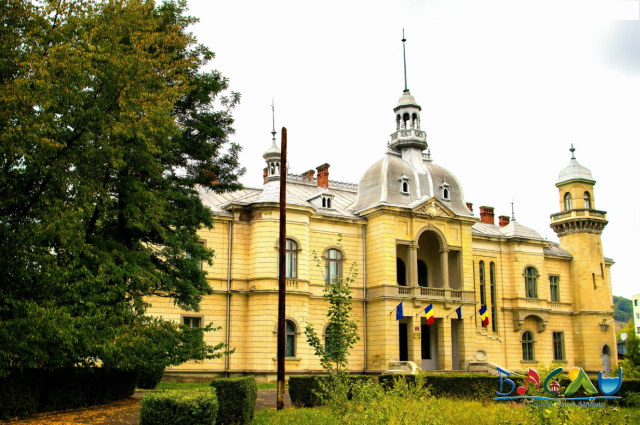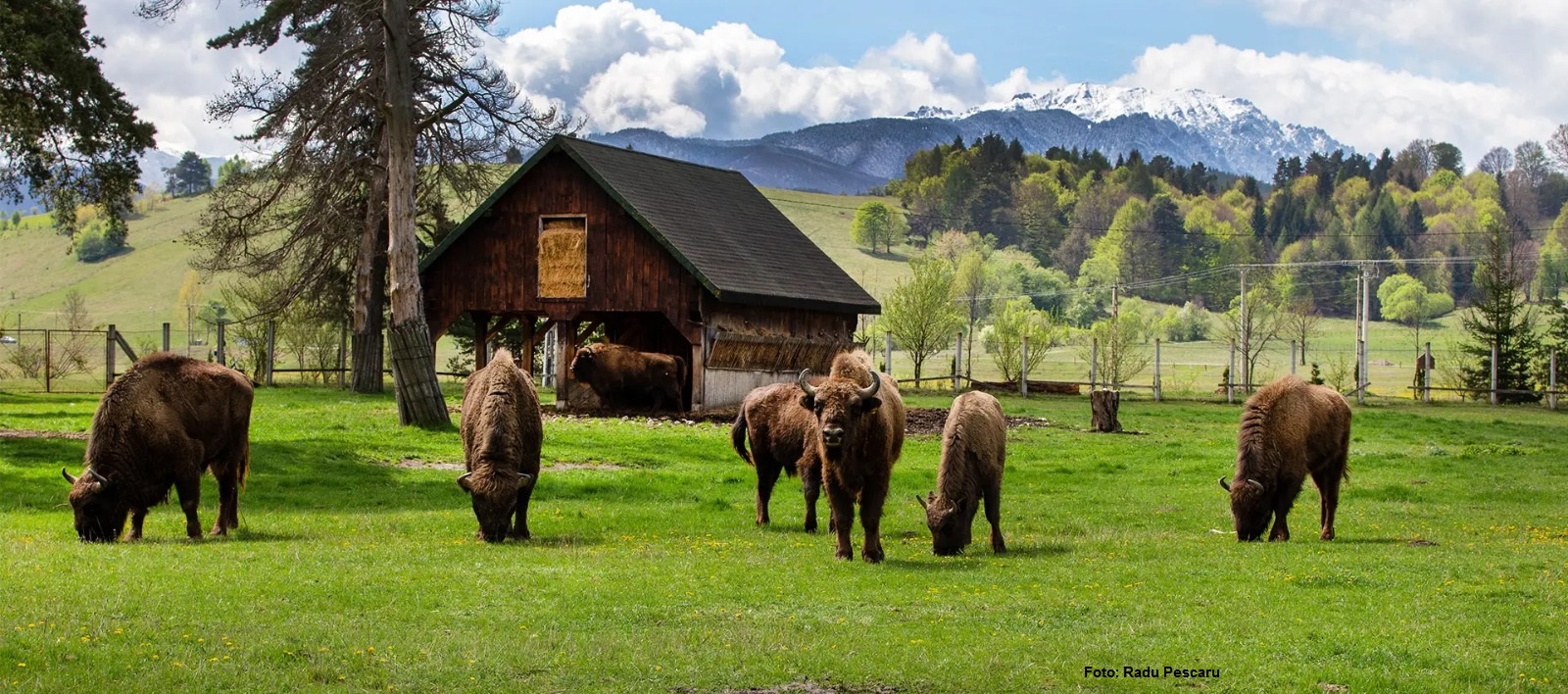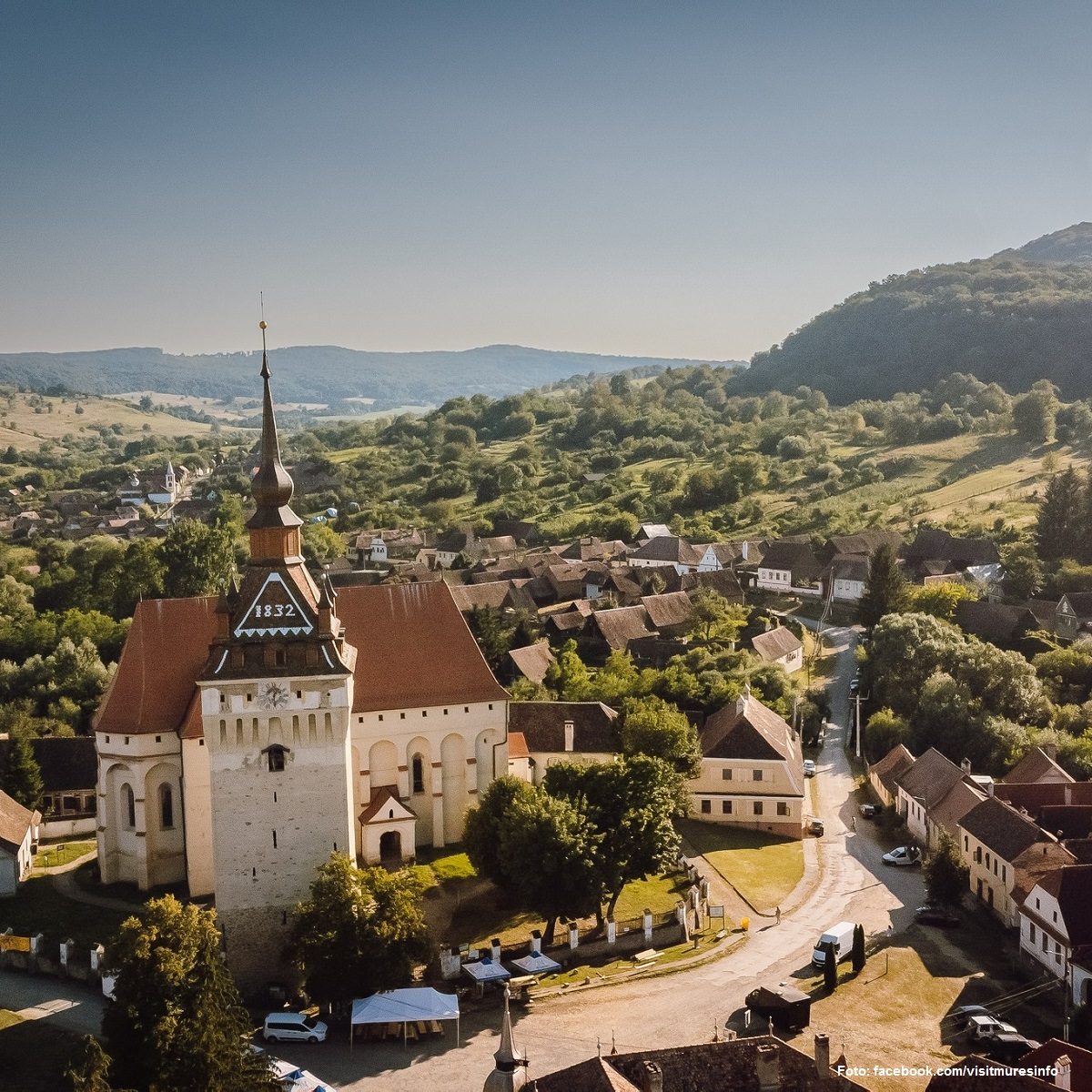Bacau County
The tourist brand of this region is 'Culture, Faith, Nature, Health'
Warning: Trying to access array offset on null in /home/web/rri.ro/public/wp-content/themes/rri/template-parts/content.php on line 53

Warning: Trying to access array offset on null in /home/web/rri.ro/public/wp-content/themes/rri/template-parts/content.php on line 98
Daniel Onea,
02.09.2021, 21:32
Today we stop for a while in the east of Romania, in Bacau County. The tourist brand of this region is Culture, Faith, Nature, Health. Romulus Dan Busnea, expert inspector with the Bacau public county service for promoting tourism and mountain rescue, told us that he advises us to start our trip in the municipality of Bacau, the county seat:
“For a brief tour of the city, I would remind you of the memorial houses of painter Nicu Enea and poets Vasile Alecsandri, which is under full renovation, and George Bacovia. They are starting points for any tour of Bacau. We also have a series of high interest objectives, such as the Princely Court ensemble, which includes the Precista Church, built by Alexandrel, son of the great Romanian ruler Stephen the Great; the ruins of the Princely Court; the Iulian Antonescu Museum Complex, which is home to lots of archaeological artifacts; the Art Museum, which has lots of works of art. We also have the Victor Anestin Astronomical Observatory, open to those who want to get to know the Universe better, which has also been renovated and modernized. Then we have the Ion Borcea Science Museum Complex. This is a space that houses dioramas and a vivarium, with exhibits that reflect the flora and fauna, as well as the research of the biologists with the expert school in the Vasile Alecsandri University. Also, in the center of the city, we have the imposing Lords Ascension Orthodox Cathedral, right now the fourth largest in size in Europe of its denomination, but also the SS. Peter and Paul Roman Catholic Cathedral, both built after 1990.”
Also in the center of the city you can admire the county Palace of Administration, a monumental building erected in 1891, and the Marasti Palace, right now the home of the Bacovia Municipal Theater, a building that opened in 1929. Romulus Dan Busnea, our guide today, told us to continue our trip along the Trotus Valley.
“We start at the western extremity of Bacau County, in the Ghimes-Faget commune. At the opening of the Ghimes gorge, in the Ciuc Mountains, we find the former customs house at the former border of the Austro-Hungarian Empire, at the ruins of Rakoczi Caste, from 1626. Also, the Ghimes-Faget Railway Museum is home to a variety of exhibits, dating from 1885 to our day. Here we can also visit the Kontumac Memorial Comlex, on Biliboc Hill, opposite Rakoczi Fortress, a monument dedicated to the heroes fallen in both world wars. If you want to savor local products and preparations, you can stop at the specialty store in that locality, a true exhibition of local mountain food with tastings, some of it with regional denomination.”
We now get to the city of Comanesti, where the main attraction is the Ghika-Comanesti Palace Ensemble, a historical monument of national interest. Here is Romulus Busnea talking about it:
“In the middle of a delightful park we have the palace, built in the late Baroque by Italian craftsmen, which has 22 large rooms, on two stories. The sponsor of the palace was Nicolae Ghika-Comanesti, and the architect was Albert Galleron, who also designed the Romanian Atheneum, and also the National Bank building. Near the palace we have the Comanesti railroad station, another historical monument, built in 1889 by engineer Elie Radu, during the time of Nicolae Ghika-Comanesti, based on the design of Italian architect Giulio Magni. In Comanesti we can also visit the International Cemetery of Heroes from WWII. Here we can also take on some mountain tourist trails, including by bike. Also, Comanesti has the annual festival of Festival of Traditions and Customs of Our Forefathers, unique in Romania, around December 30, one of the most important local events, which showcases a unique tradition in the world, the Bear Dance.”
In case you dont choose to take up the many mountain trails in the area, you can still stop for sports and recreation at the Trotus-Ionut Iftimoaie resort, on the bank of the Trotus river, south of Ghika Park. Also, close to Comanesti, you can find a top level resort, Targu Ocna. Here is Mr. Busnea again:
“Lying on the banks of the Trotus river, it is considered a veritable Romanian Salzburg. The resort won its renown with several national records, as the first center for salt mining in Moldavia, with the first mechanical drill in Romania, and the third in the world. Also here we have the first industrial cable car, made by famous engineer Anghel Saligny. The resort also has the highest number of churches per capita, which are placed at three heights: at sea level, at 240 meters depth, in the heart of the Trotus salt mine, but also at 560 to 600 meters altitude, next to the monument on Magura Mountain.”
One other national level resort close by, also known as the Pearl of Moldavia, is Slanic Moldova. Here is Romulus Busnea with details:
“This is the oldest spa resort in Moldova, known since 1840, when the resort first appears on Moldavias administrative map under the name Feredeiele Slanicului. Here you should stop at the 20 mineral springs, but also visit the resort park, where you find the Music Pavilion, built in Art Nouveau style, and it is the place where composer George Enescu, the music genius, played for the first time for the numerous public in the resort, when barely 9 years had passed since its inception. In the park you also find the Casino, a monumental Baroque building, with neo-Romanian elements, erected in 1894, which went on to be the biggest casino in Romania.”
For more information you can download the mobile app Visit Bacau on Google Play and the App store, a project of Bacau County Council. You can easily identify the cultural and historical attractions in the county, and you can look at the nine mountain tourist trails, marked and registered, with GPS coordinates. Also, you can find details and practical information on tourism on the website turism-bacau.ro.






























